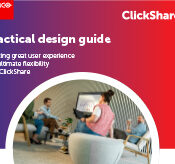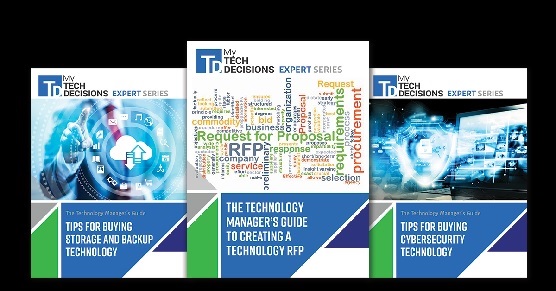“It becomes an educational tool rather than a ‘uh, uh, uh’ you shouldn’t be doing that. It’s an opportunity to learn rather than be reprimanded,” Barrett says.
Preparing to be an Admin
To prepare students for the responsibility of being an administrator, MKA requires its students to take what it calls a technology driver’s test. The test is based off of information that can be found in the MKA Driver’s Manual, a guide to everything students need to know about caring for and using their laptops. For example, how to keep the machines up to date, what is required of students under the schools acceptable use policy, etc.
“We feel that this fosters a sense of ownership,” Barrett says. “Students feel like they actually own the equipment. Technically, they don’t. It belongs to the school, but perception is the new reality, right?”
Once students pass the driver’s test, they become administrators. In addition to the test, fourth grade students spend the first half of the year learning about their laptops in a technology class. They are not allowed to bring the devices home with them until after Christmas break when the class ends. Ninth graders also take a class called “Information Literacy.” Those are the only two formal learning opportunities, but ethical use of technology is really woven into the fabric of the MKA curriculum and culture.
MKA is known for its academics. It’s a feeder school for several ivy league schools and about 20 years ago, a headmaster decided to implement an ethics program as well.
“We started teaching not just academic rigor, but ethics. So the idea of a code of conduct was strictly enforced, the idea of treating your fellow students with respect and along with that a dress code,” Barrett explains. It wasn’t too much of a leap to blend technology into the mix, resulting in the program that exists at MKA today. Academics, ethics and technology are taught together.
“They’re like three legs of a stool. You have not just the academics being taught, but also the ethics and also the technology,” Barrett says. “They’re not taught in a vacuum. They’re all taught at the same time across all levels.”
MKA faculty spend quite a bit of time talking about things like plagiarism, cyber bullying and how to sift through and synthesize information on the web. They also talk about evaluating information and how to find credible sources.
The Technology
Now that you understand the philosophy behind MKA’s program, it’s important to recognize the technology that helps the 1:1 run as smoothly as possible. For that, Barrett uses the JAMF Casper Suite previously mentioned. Every device in the school is enrolled into the JAMF software service. The Casper suite allows Barrett to pull information from any managed client. This information is not student data so there is no violation of privacy. The data we’re talking about here is things like what applications are installed, when the machine was last rebooted and whether or not a particular malware is installed?
For example, if Barrett were to see that a student had not restarted their device for 50 days, he could push out a reminder to that laptop to give the student a heads up. While students are responsible for majority of administrator tasks, there are several things that still fall under Barrett’s jurisdiction. He takes care of crucial security updates like Acrobat Reader and Java, which are vectors for infection.
Even though students do not handle updates that impact device security, they do still need to be concerned about the safety of their devices. Part of being a good digital citizen is recognizing what might be harmful to your machine and what should or should not be installed. This knowledge isn’t only helpful in school, but in the real world. Personal devices are not managed by a school tech administrator. They are managed by the user. MKA students take what they learn about being an administrator out into the world with them after they graduate.
“You teach that thinking process and it will ultimately become a better scenario for everybody,” Barrett says. “For the end user and the IT department that doesn’t have to go in and clean up a mess. The only people it hurts are the scam artists.”
If you enjoyed this article and want to receive more valuable industry content like this, click here to sign up for our digital newsletters!










In my opinion this is a great practices when students will be in charge of it they will be able to learn better as teaching can’t make a person understand its practical value in the real world. This way the kids will understand its value too.